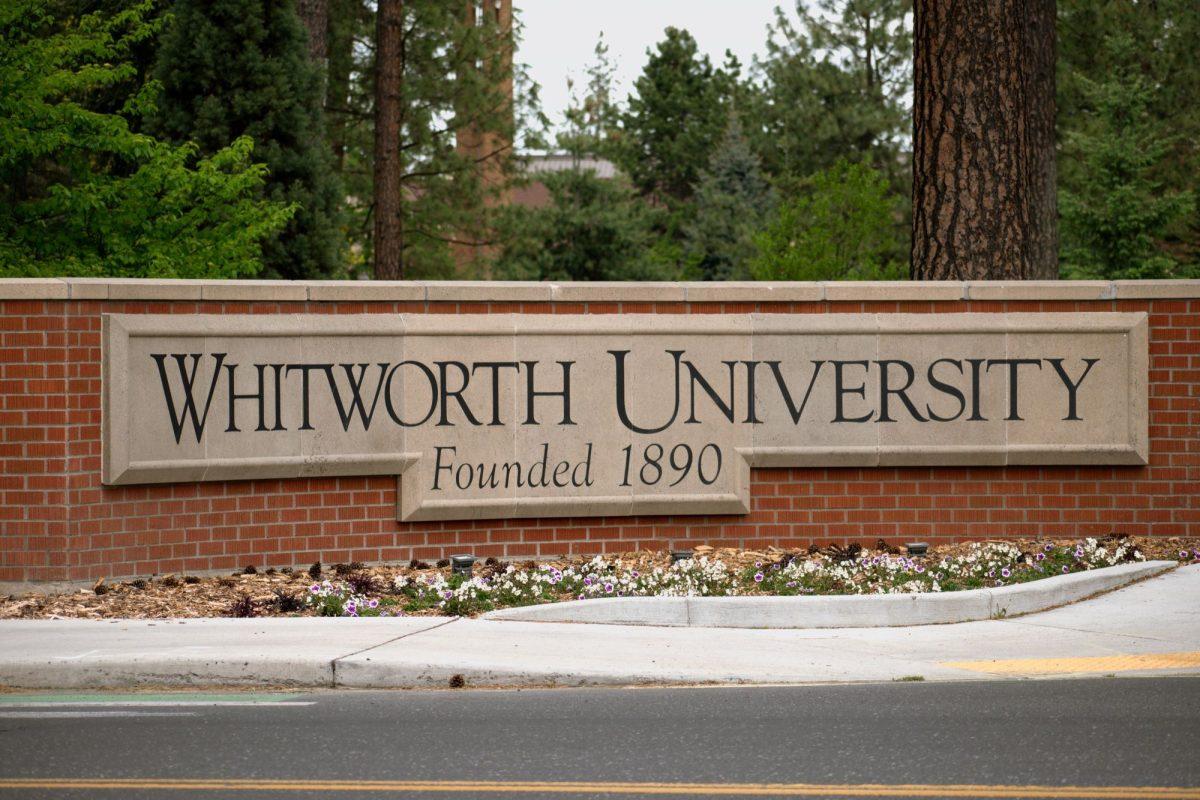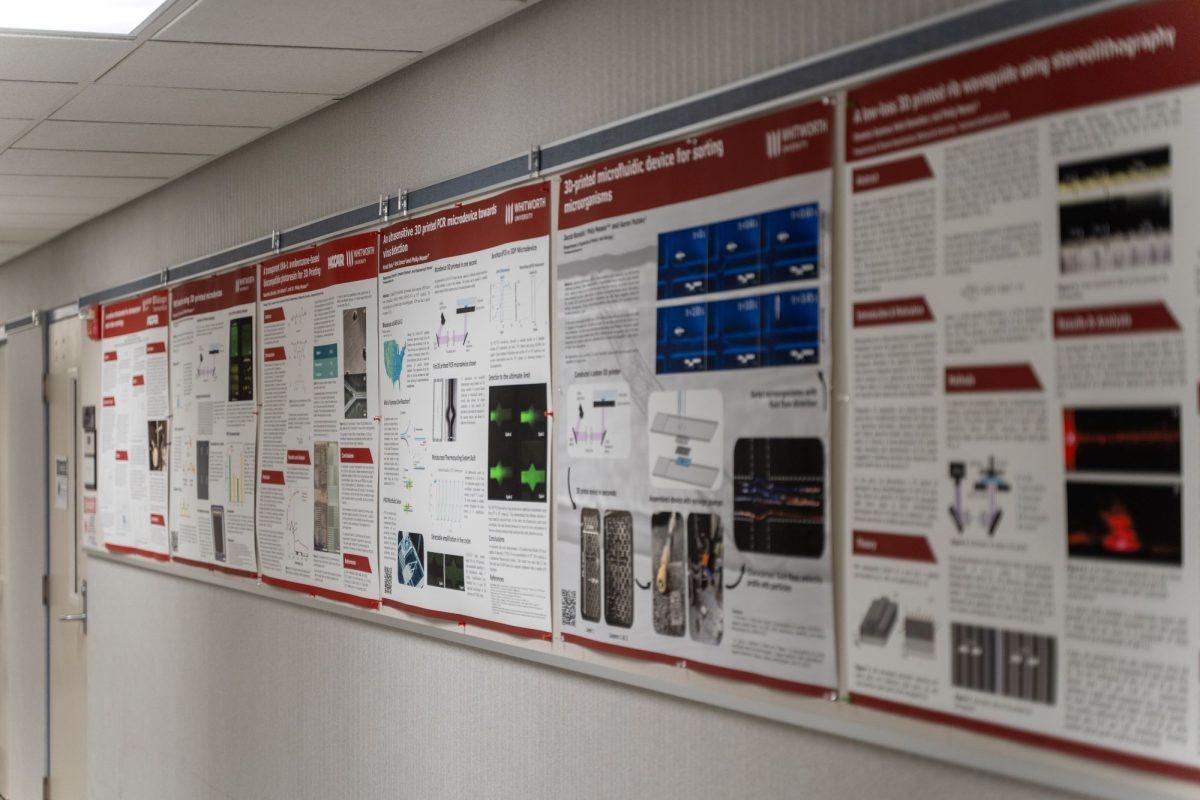Congress recently fixed the interest rate on federal student loans in response to a rise in interest rates. The new law is a response to interest rates rising from 3.4 percent to 6.8 percent, according to the Federal Student Aid Office.
To remedy this problem, all loans paid after July 1, 2013 are fixed. The Congressional Budget Office reported that loans will be based on 10-year treasury bonds notes, with an add-on, and a cap of 8.5 percent. Treasury bonds are U.S. debt security with a fixed interest rate. This means when students pay loans, they calculate the loan interest rate based on the strength of the treasury bond, then add on 2.5 percent.
However, this rate cannot exceed 8.5 percent because of the cap. Eugene Bempong, professor of economics, explained that treasury bonds strengthen, the interest rate will rise, but cannot pass the cap.
These interest rates will fluctuate from year to year as the treasury bonds strengthen or weaken, but they will always remain below the 8.5 percent cap.
“Your freshman loans will be at a 3.86 fixed rate, but your sophomore loans are going to be different, and your junior loans could be different,” Traci Stensland, associate director of financial aid, said.
The new law, H.R. 1911, will save money for the federal government in the long run, according to the Congressional Budget Office.
“H.R. 1911 would reduce direct spending by about $1.0 billion over the 2013-2018 period and by $3.7 billion over the 2013-2023 period,” according to the report.
There is a clear link between government debt and interest rates on loans rising, Bempong said.
“If rates on federal student loans are allowed to be determined by market forces as some policy-makers suggest, then when treasury bonds weaken, the cost of borrowing for both private and federal student loans for college will likely rise, making it more expensive for students to go to college,” Bempong said.
Private loans are another option when interest rates are volatile, however, government loans are more easy to manage, Stensland said.
“Students who borrow from the federal student loan program have several flexible repayment options,” Stensland said. “Repayment terms through private lenders can vary and may not be as flexible.”
Unlike private loans, the government works with students to make payment plans based on their income, she said.
“It is always better to have lower interest rates,” Stensland said.
Still, Stensland said keeping interest rates low is of vital importance.
“It’s in our best interest to have students leave their higher education without being saddled with debt,” said Michael Artime, visiting assistant professor of political science. “These are people who are just starting their careers, who are going to be really important to the strength of the economy, and the further you tie them down with debt the less of the benefit they can be to the economy.”
Stensland said she thinks that increasing interest rates, while harmful, can be managed.
“I still wasn’t nervous for students because I feel like they are strong programs and there are good tools, and if students understand those repayment tools they can even manage a higher interest rate,” Stensland said. “It’s always better to have lower interest rates though.”
Students who are concerned about interest rates can seek help in the financial aid office.
“You always want to meet with a financial aid officer, and you always want to make sure that you have been considered for the best programs first, before looking into the private arena” Stensland said.
Artime said he encourages students to be comforted by the investment they are making.
“I think that going to college is an excellent investment, but it is an investment, and like any investment you want to approach it in an intelligent way,” Artime said.
Contact Elizabeth Jacobs at [email protected]







